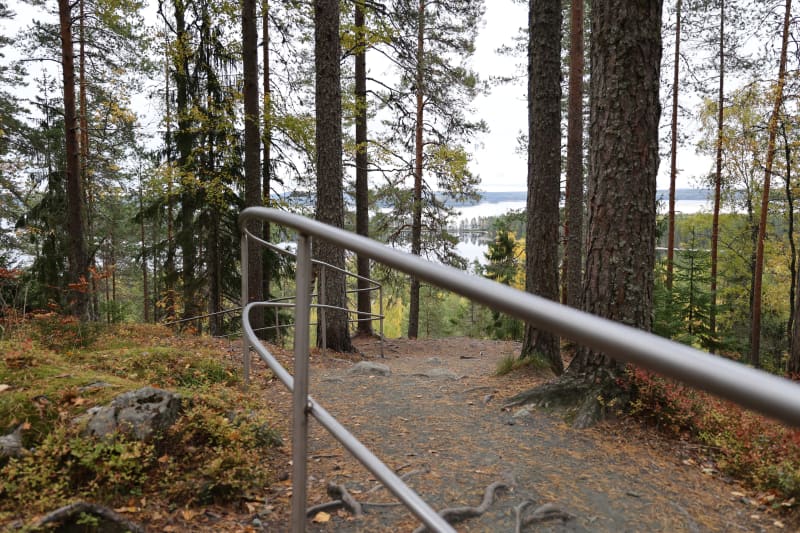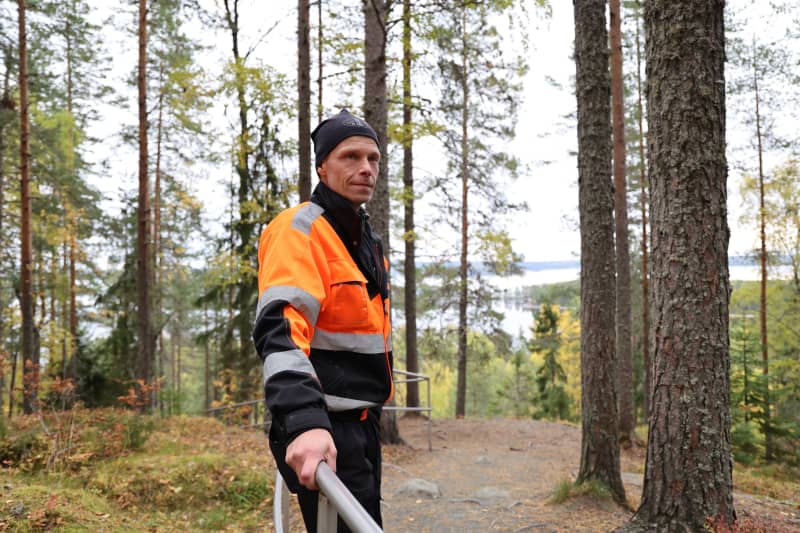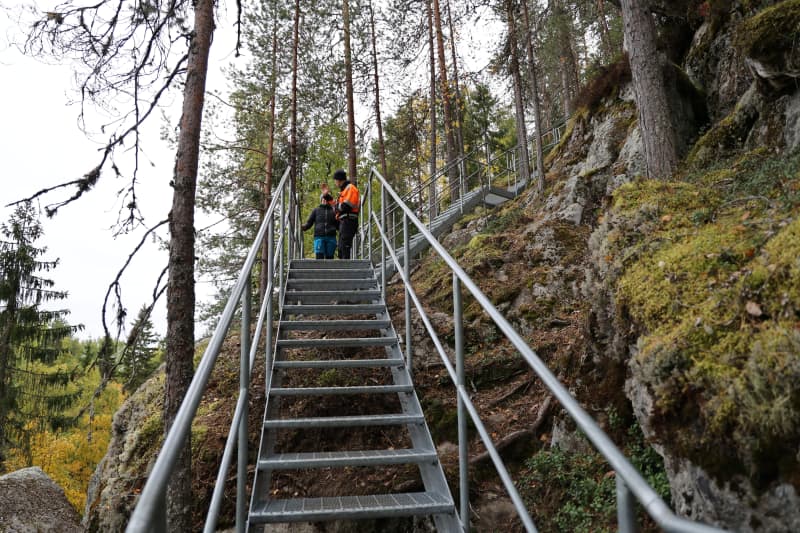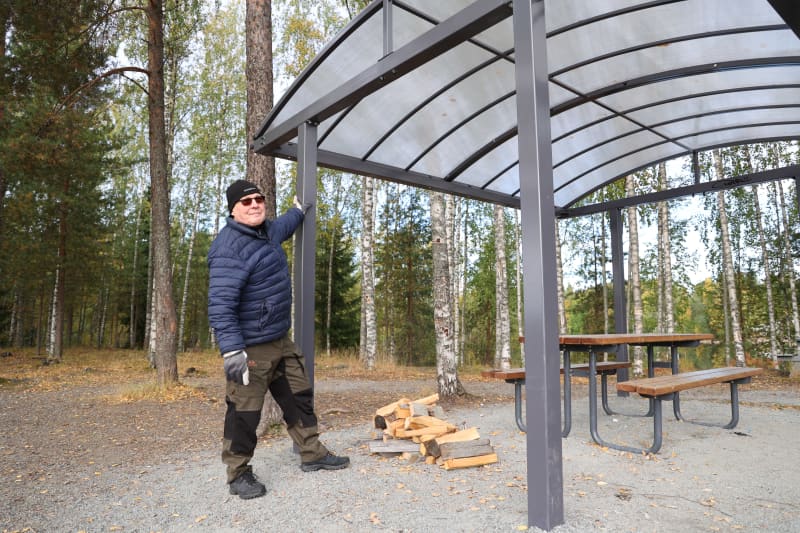According to Metsähallitus, the material choices could be expanded to composite, but plastic is not suitable for a national park.
Structures resembling bus shelters replace the shelters in Joensuu’s popular recreation area. In Utransaari, two traditional wooden sheds were the target of arson, and it was decided to build a completely different-looking shelter instead.
The advantage of modern recreation shelters purchased to replace burnt down sheds is their safety, price and longevity.
The structures of Finland’s national parks are also renewed on the same basis.
But Metsähallitus’ line in national parks is different. The selection of materials and their intended use is narrow and strict. Although half-liters have already been built from metal, plastic is not seen in the structures of national parks.

Metal structures only for special locations in national parks
In addition to wood, the other main material in national parks and on other Metsähallitus routes is stone and various aggregates, such as gravel and crushed stone.
Gravel paths and various metal structures have become common in national parks.
– The share of metal structures is still very small for now, says Sakari Kokkonen.
The use of metal in a national park always has a well-thought-out basis, such as safety or price.
According to Metsähallitus’ Sakari Kokkonen, steel and composite materials are possible, but only in special locations, such as stairs, steep terrain and bridges and observation towers.
The spread of non-natural materials is also held back by the fact that not everyone who moves in nature likes steel in nature.
– According to the current outlook, new industrial materials can serve as complementary options, but they will not become the predominant use, says Sakari Kokkonen.

Long-lived trees will probably be rarer in the future than they are now
The long trees running across the colorful ground brown in the marsh are a sight that may become even rarer in the future.
The reason for this is the price. The construction of a long-distance kilometer costs 25,000–50,000 euros.
The wooden steps or extension trees of hiking and recreation routes are beautiful, but their life cycle is short, only about 15–25 years.
In the longer term, it will be cheaper to cover paths with stone ash or gravel and, for example, to build stairs or stream crossings with steel structures.
– The purchase price of steel is twice as long, but the life cycle is four times as long. Spruce trees are also laborious to make, so you should always think about whether the route could run on drier ground instead of a damp place, says Ikonen.
Currently, the vast majority of the summer routes maintained by Metsähallitus, i.e. approximately 5,600 kilometers, are in their natural state, meaning they are not paved in any way. There is some surface material on less than a fifth of the routes. Most of these are covered with stone or soil. Other coatings have been and will be mainly wood, i.e. sawdust, wood chips and longitudinal planks.

Paving the routes protects nature and increases accessibility
Millions of visits are made to national parks and other camping sites managed by Metsähallitus every year.
Especially the most congested routes near holiday centers wear out, and numerous side paths are created on the routes or they widen, which is why they are resurfaced more sensitively.
– The idea of \u200b\u200ba railing or gravel is for people to walk along a single path. Nature wears out more if everyone walks their own route, knows Pasi Ikonen and presents the 50-meter-long railing of the Restorer’s path in Kol.
There is an increasing effort to make the routes also multi-use routes, which can accommodate people moving in many different ways. Barrier-free routes are also needed.
– Many people have said that the railing is better than the stairs, because here you can determine your own step length and, for example, mobility restrictions are not as much of a hindrance, says Ikonen.

A steel railing in the Koli national landscape is not an option for now
According to Metsähallitus, when building in national parks, each site is considered separately. For example, cultural heritage sites and the scenic value of the area are taken into account.
The rocks of the Koli national landscape are not fenced with steel railings, even though a serious accident happened there about a year ago.
The top of Koli is crowded in the summer when tourists want to take pictures of themselves in the national landscape.
– There are many viewpoints, such as the top of Ukko-Koli, but so far they have not been protected by railings. The feedback could be harsh if a railing were put in the national landscape, thinks master builder Pasi Ikonen from Metsähallitus.
According to Ikonen, for example, the railings of Koli Pirunkirke were suspected to be shiny up to Pielinen, but the matter was checked, and the railings did not need to be painted.
– The method of implementation is also affected by information about the use of the site, the possible special need to protect natural values, and the appropriateness of material choices from the point of view of the site’s appearance, says Sakari Kokkonen from Metsähallitus.

